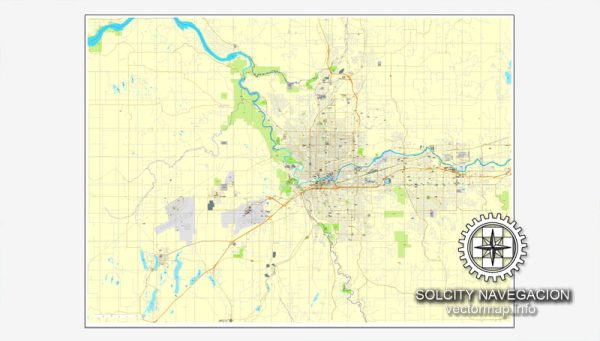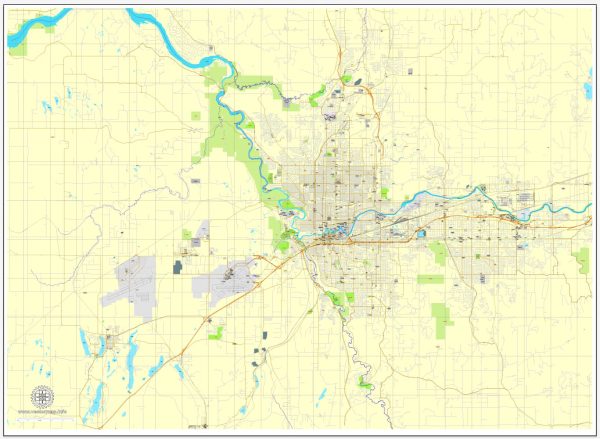Spokane, Washington, has a rich history of urban development that reflects the broader trends of the American West. Here is an overview of the city’s history in terms of urban development:
- Early Settlement and Indigenous Peoples (pre-1800s): The Spokane area has a long history of indigenous habitation, with the Spokane Tribe being one of the region’s original inhabitants. Their presence in the area dates back thousands of years, and they played a crucial role in the region’s history long before European settlers arrived.
- Fur Trade and Exploration (early 1800s): The first Europeans to explore the Spokane region were likely fur traders and explorers. The fur trade, coupled with the westward expansion of the United States, brought increased attention to the area.
- Arrival of Settlers (mid-1800s): The mid-1800s saw an influx of settlers into the Spokane area, drawn by the prospect of gold and other natural resources. The establishment of Fort Spokane in 1880 further facilitated the region’s growth.
- Railroad Development (late 1800s): The arrival of the Northern Pacific Railroad in 1881 was a pivotal moment in Spokane’s history. The city quickly became a transportation hub, linking the Pacific Northwest to the rest of the country. This led to a population boom and economic growth.
- Economic Diversification (late 1800s to early 1900s): Spokane’s economy diversified beyond mining and timber, incorporating agriculture, manufacturing, and commerce. The city became known for its diverse industries, including agriculture, timber, and manufacturing.
- Great Fire of 1889: Like many cities on the West Coast, Spokane faced a significant setback with the Great Fire of 1889, which destroyed a large portion of the downtown area. However, this event also provided an opportunity for urban renewal and the construction of more modern buildings.
- Becoming an Urban Center (early to mid-1900s): Spokane continued to grow and develop as an urban center throughout the early to mid-1900s. The city’s infrastructure expanded, and its skyline evolved with the construction of notable buildings.
- Post-World War II Development (1940s-1960s): The post-World War II period saw further growth and suburbanization. Like many American cities, Spokane experienced population growth and increased car ownership, leading to the development of suburban areas.
- Modern Urban Challenges and Renewal (late 20th century to present): In the latter half of the 20th century, Spokane, like many cities, faced challenges associated with suburbanization, economic shifts, and social changes. Urban renewal projects aimed to revitalize the downtown area, and efforts were made to preserve historic structures.
- Cultural and Recreational Development: Over the years, Spokane has invested in cultural and recreational amenities. The Riverfront Park, created for Expo ’74, remains a central part of the city, offering green spaces and recreational opportunities.
- Contemporary Urban Planning: In recent decades, Spokane has focused on sustainable urban development, community engagement, and revitalizing key neighborhoods. The city’s urban planning efforts aim to balance growth with preserving its natural beauty and historic character.
Spokane’s history reflects the broader trends of Western urban development, from its early roots as a trading post to its evolution into a diverse and vibrant urban center in the 21st century.



 Author: Kirill Shrayber, Ph.D.
Author: Kirill Shrayber, Ph.D.